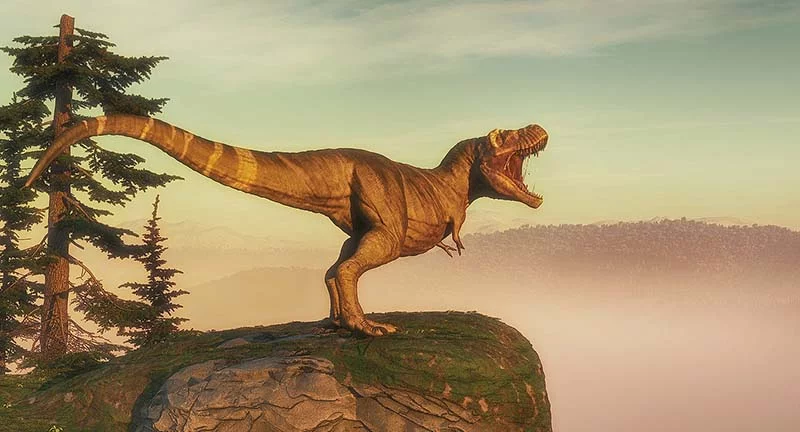
Here are some of the species with the largest teeth in the world, both extinct and alive today. The lists are broken into two categories: largest regular teeth and specialized teeth called tusks.
Teeth
- Siberian Tiger – 7.62 cm
The largest of the big cats has the largest teeth of any mammalian predator alive, though grizzly bears come close. They are capable of delivering a single lethal bite & make their kills by biting down on their prey’s neck. The tiger has a powerful bite to go with its large teeth, with jaw muscles that extend to the top of their skull.
- Saltwater crocodile – 13 cm
Saltwater crocodiles are the largest of the crocodilian species & are native to Australia. Called a “salty” by locals, this crocodile can cover large expanses of the ocean as it searches for new hunting grounds.
- Megalodon – 17.78 cm
The megalodon was a relative of the great white shark that went extinct by the end of the Pliocene epoch about 2.6 million years ago. It fed on large aquatic life, even hunting whales for food. Since a shark’s body is comprised of cartilage, only their massive jaws are fossilized. The megalodon’s jaw was big enough for an adult to walk through when open. Even though their bodies are much smaller, the great white can have similar-sized teeth reaching up to 16.76 cm.
- Smilodon – 28 cm
Also known as the saber-toothed tiger, this Ice Age predator sported long canines that were thought to have been used to deliver a precise, singular killing blow to its prey. It is thought to have eaten the megafauna of its time, such as giant camels, sloths & bison.
- Tyrannosaurus Rex – 31 cm
With a massive set of teeth, the tyrant king of the dinosaurs earns its fearsome reputation. Along with similar-sized therapods like Carcharodontosaurus & Gigantosaurus, this family sported the largest non-specialized teeth among dinosaurs.
Tusks
- Walrus – 94 cm
The walrus uses its tusks for display & intimidating rivals. They also serve to help the animal create & go through holes in the ice to breathe in the frigid waters it lives in.
- Narwhal – 305 cm
Like the fictional unicorn’s depiction, this marine mammal’s most famous feature is spiraled. Unlike the unicorn, this tusk is an extended tooth & not a horn. These tusks may have many uses, with only some of them having been recorded in science. They include hunting, display & communication & detecting changes in the water around the animal. These teeth are also flexible & can bend roughly 30 cm.
- African Elephant – 350 cm
The African elephant has the largest teeth of any animal alive. Their tusks are modified incisors that grow throughout their lives. The tusks serve multiple purposes, including fighting for mates & rooting up food. Unfortunately, the ivory in the elephant’s teeth is highly sought after & elephants are now endangered due to poaching as well as a loss of habitat.
- Columbian Mammoth – 487.68
The Columbian mammoth existed alongside other species of mammoth during the Ice Age. Its long tusks spiraled as they grew, sometimes overlapping each other at the end. Mammoths existed alongside ancient humans & were a food source for these people, who would sometimes hunt them by driving a panicked mammoth to a cliff & making it fall over the edge.
- Mastodon – 500 cm
A cousin of the mammoth, the mastodon’s tusks were straighter & its diet & appearance were different from the wooly giant. Mastodons did not have the distinctive knob at the top of their skulls. Their regular teeth had cone-shaped cusps that were best for crushing twigs & other tough vegetation, whereas the regular teeth of the mammoth were better for grazing.
